Best kids' mountain bikes: smaller bikes that are just as capable on the trail
These are the best kids' mountain bikes for junior trail and enduro riders
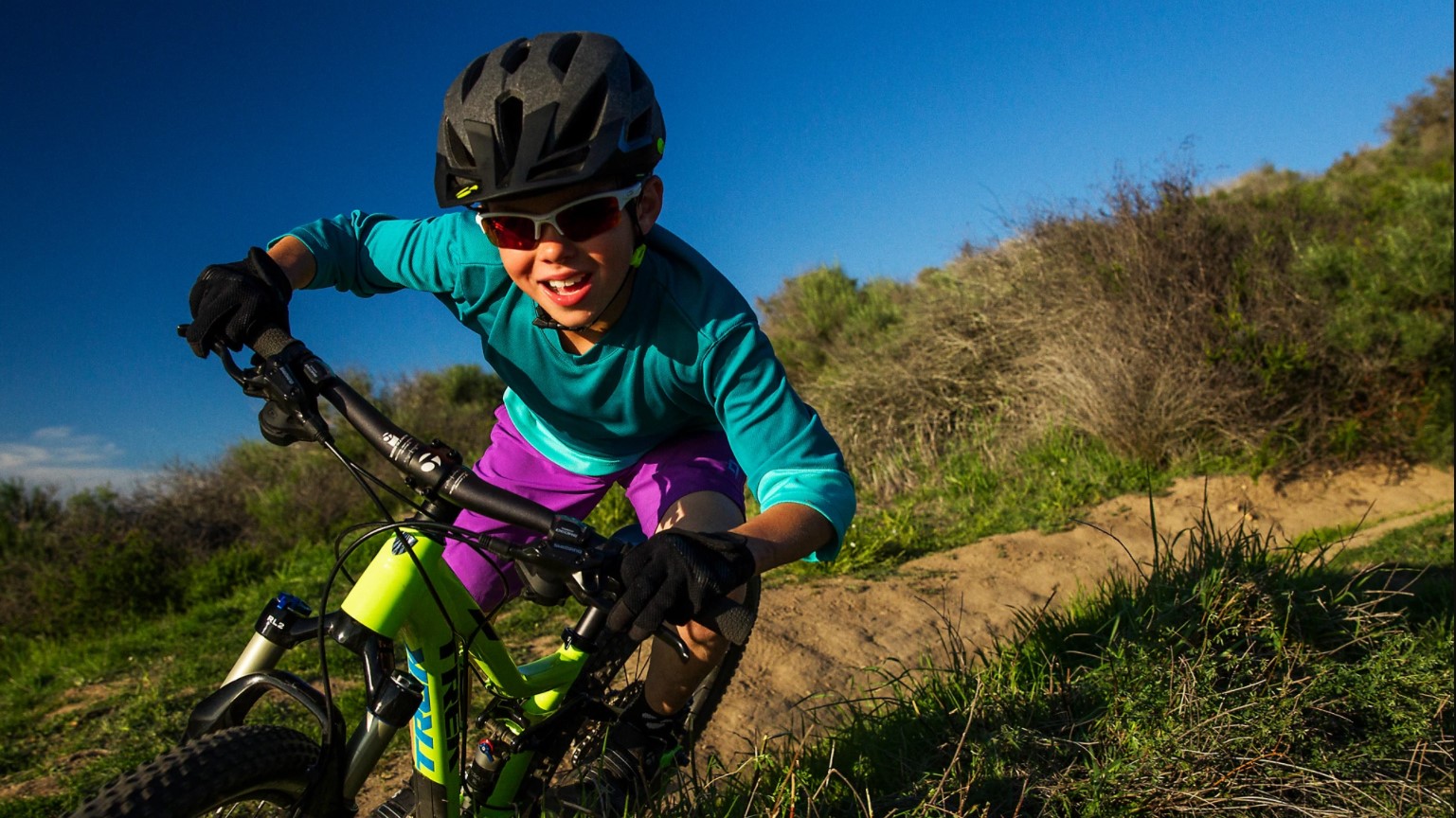
A decade ago, the question of which were the 'best kids' mountain bikes' was one not worth asking, since there were very few quality dual-suspension bikes available.
Age should not be a barrier to any mountain biking ambition. The time of kids riding awkward rigid BMX-type bikes off-road is over.
Many of mountain biking’s most regarded brands have invested in and sourced proper wheels, suspension components and brakes for their junior riding rigs. The result is a market that now provides everything available on your adult full-suspension mountain bike, in a miniaturized size.
Any investment in a kid’s mountain bike can't be taken lightly. The cost must be balanced by an awareness that your junior rider will outgrow their ride in a few years. That aside, there are some great kids' mountain bikes on offer, however, as with most things in the bike industry currently, stock is extremely low. For those looking to kit out their grom with a new ride, patience is going to be required as manufacturers attempt to secure frames and components.
We've researched the latest in 26in and 24in trail shredders to bring you a list of the best kids' mountain bikes, so read on for our top picks of what's currently available.
Not sure what you're looking for? Skip down to our guide on how to buy the best kids mountain bike.
These are the best kids' mountain bikes
Why trust BikePerfect
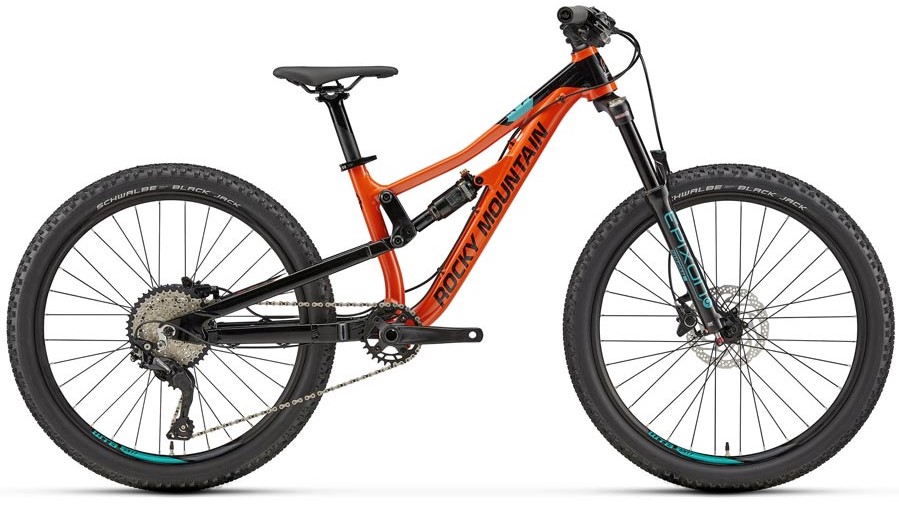
Rocky Mountain Reaper
Specifications
Reasons to buy
Reasons to avoid
A Canadian dual-suspension bike that will boost the confidence of any junior rider.
The Rocky Mountain Reaper follows a familiar formula with its 24-inch wheels and a high-shock suspension configuration. Travel numbers register 120mm upfront and 130mm at the rear, accounting for the possibility of younger riders casing a few features.
Kids generally position more to the middle of the bike, instead of riding with their weight on that front fork, which is another reason that Rocky Mountain opted to make their Reaper with more travel at the back.
Where the Reaper delivers a great deal of value, is its futureproofing. This frame can be converted to run 26-inch wheels, which means that a pre-teen rider could easily ride their Reaper through the sophomore years.
With Shimano hydraulic brakes and 180mm rotors front and rear, there is a surplus of stopping power too, keeping things safe for those particularly daring junior riders.
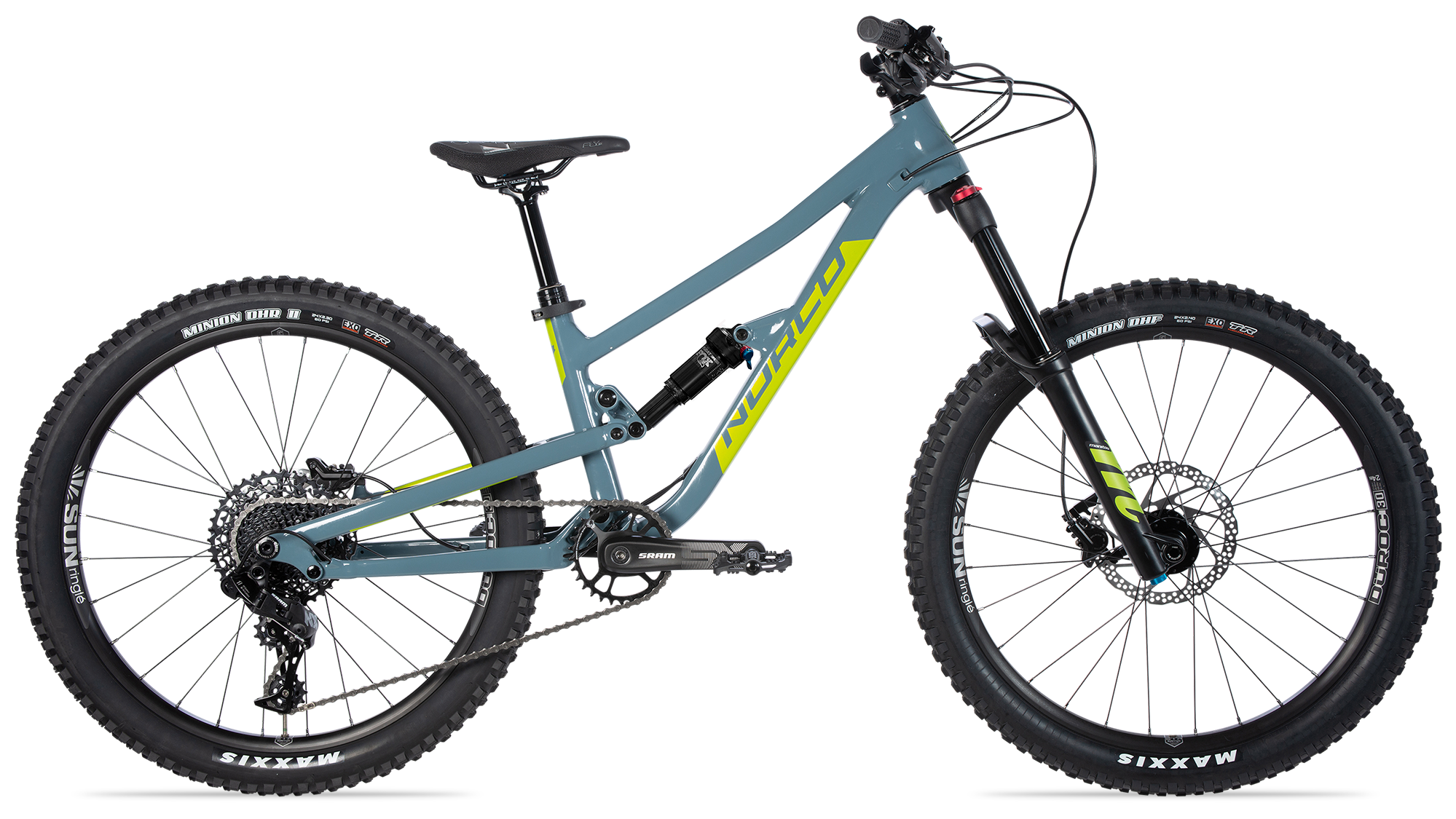
Norco Fluid FS 1 24
Specifications
Reasons to buy
Reasons to avoid
Norco has built a reputation for its North Shore-inspired bikes. That is what you would expect from a bike company with its roots in British Columbia.
With the Fluid FS 1 24, it takes everything you’d experience on something like a Norco Optic, and scales it down. Built for riders between the ages of 9-12 and under 90lb of weight, this Fluid FS 1 24 is the equivalent of a junior freeride bike.
The aluminum frame has a 120mm Fox Performance FLOAT rear shock and upfront there is a Manitou J-Unit Expert 145mm air fork. Suspension travel is more than adequate for any terrain or features that most 12-year old riders would attempt.
Norco has curated the build specification carefully too, sourcing the saddle and grips from SDG, who market an age group-specific range, perfect for smaller physiologies. Shimano’s MT500 hydraulic disc brakes keep everything under control and the 180mm front rotor is sure to never overheat with a junior rider onboard.
Keeping the Fluid FS 1 24 rolling along is a set of Maxxis Minion 24x2.4in tires, driven by a SRAM NX 1x11 drivetrain. To top it all off, there is even a 100mm dropper seatpost.
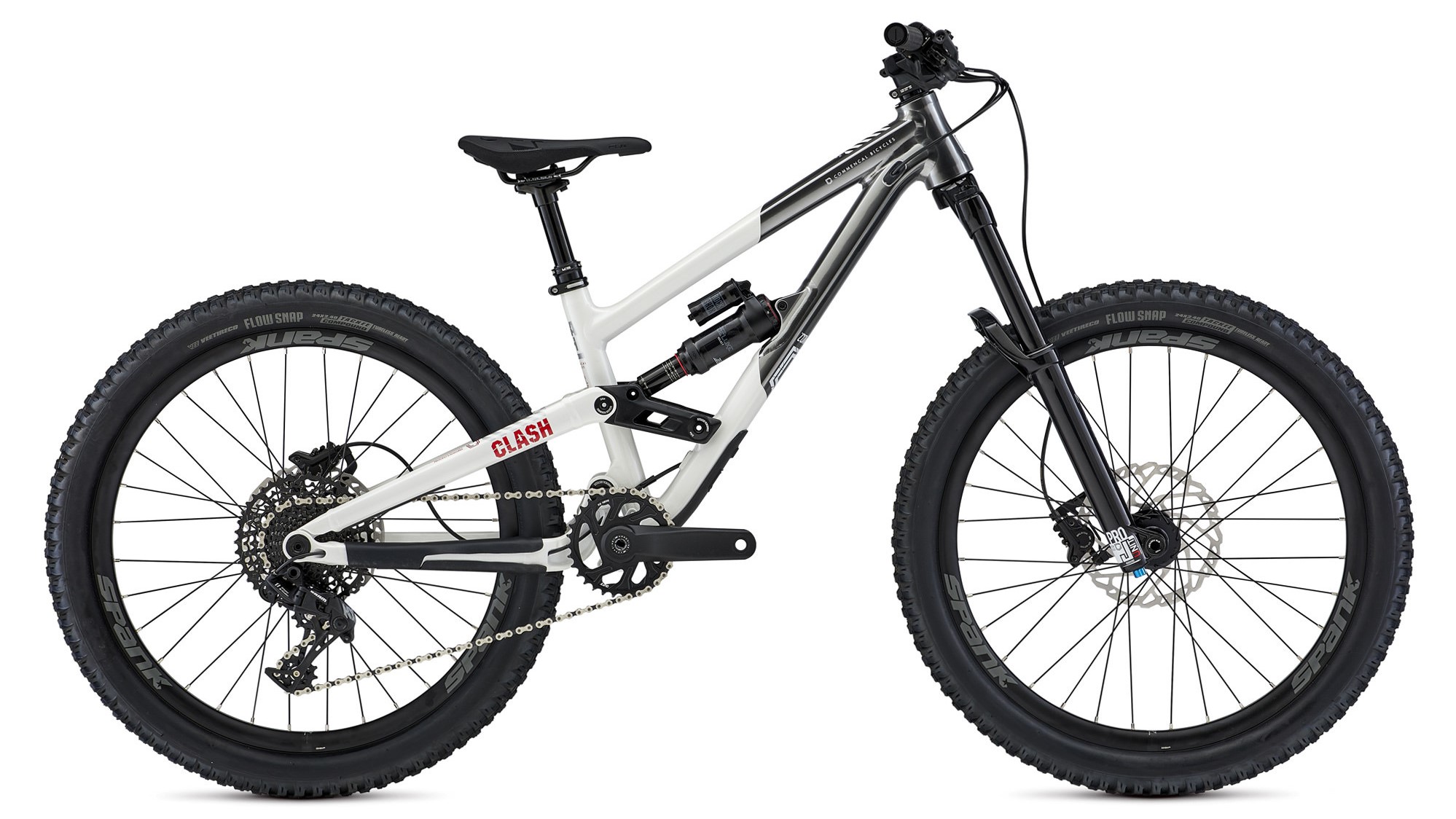
Commencal Clash 24
Specifications
Reasons to buy
Reasons to avoid
If your kid likes to go big, Commencal’s Clash 24-inch is the answer.
The Andorran bike brand’s junior dual-suspension freeride bike offers 145mm of fork and rear shock travel, courtesy of Manitou Machete fork and RockShox Deluxe shock.
With that much travel, you require a high-volume tire and robust wheelset to absorb the landings. Commencal obliges by equipping its Clash 24-inch with 24x2.4in Vee Flowsnap tires, rolling on Spank Spoon 28 rims, which features a 23mm internal diameter and 32-spoke lacing pattern.
A 75mm KS Rage dropper seatpost gets any junior rider aboard the Clash in a confident descending position and Shimano MT501 hydraulic brakes guarantee great descending control, even on the steepest of gradients.
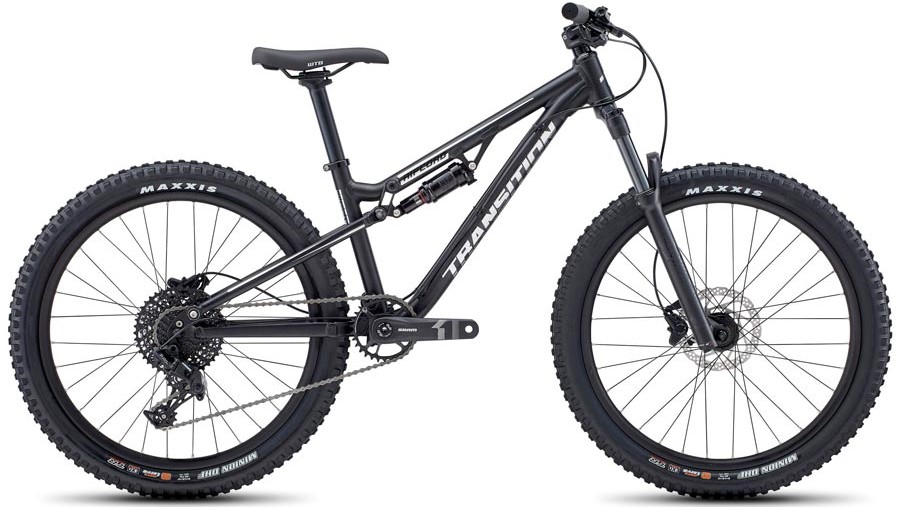
Transition Ripcord
Specifications
Reasons to buy
Reasons to avoid
Transition helped to pioneer the progressive geometry movement and yet its kid's mountain bike has quite a bit less travel than most rivals. But that doesn't mean it isn't fit for purpose.
If you seek a kids' bike that can roll big mileages, climb efficiently and carve all those singletrack descents, the Ripcord is where it is at.
The Ripcord rolls 24-inch wheels and has only 100mm of front and rear suspension travel, making it less of a hucking bike – and more of a precision tool.
With a 67-degree head angle and 710mm handlebar, the Ripcord balances its steering geometry between providing a comfortable cockpit to pull on whilst climbing and lots of steering leverage for sending technical terrain.
For those junior riders who wish to develop their full range of skills, instead of simply relying on having too much suspension travel, the Ripcord is ideal.
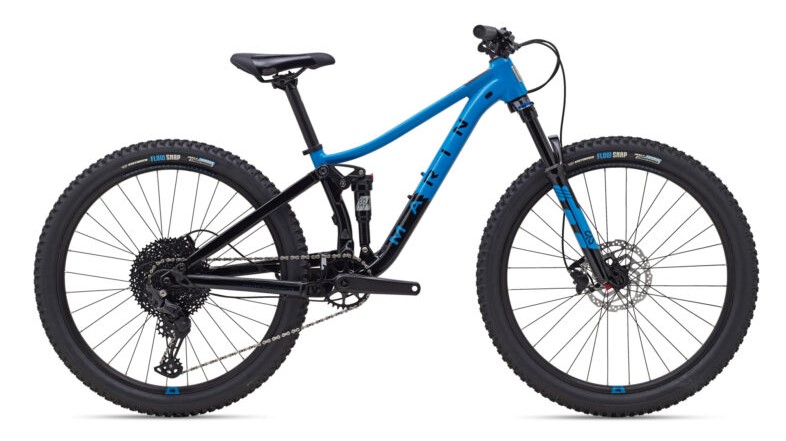
Marin Hawk Hill Jr
Specifications
Reasons to buy
Reasons to avoid
Marin’s Hawk Hill Jr is unusual in our selection, due to its suspension configuration.
Where most of the other bikes on our list use a combination of Rockshox or Manitou suspension, the Hawk Hill Jr sources its fork and shock from X-Fusion, delivering 120mm of travel front and rear.
A vertical shock orientation, actuated by a compact rocker link, is the other noticeable difference, whereas most of the Hawk Hill Jr’s rivals use a more horizontal shock position. By having the rear suspension hardware anchored just above the bottom bracket, Marin can lower the overall center of gravity with its Hawk Hill Jr, giving the bike slightly better cornering agility.
With a 67.5-degree head angle the bike classifies as a young rider’s trail bike, instead of a hucking enduro machine. It also rolls Vee Flow Snap 24x2.4in, but these are wire bead instead of folding.
The Shimano 1x11 drivetrain connects to a SunRace 11-46T cassette, delivering a generous spread of ratios for any junior rider to keep up on the steepest of climbs.
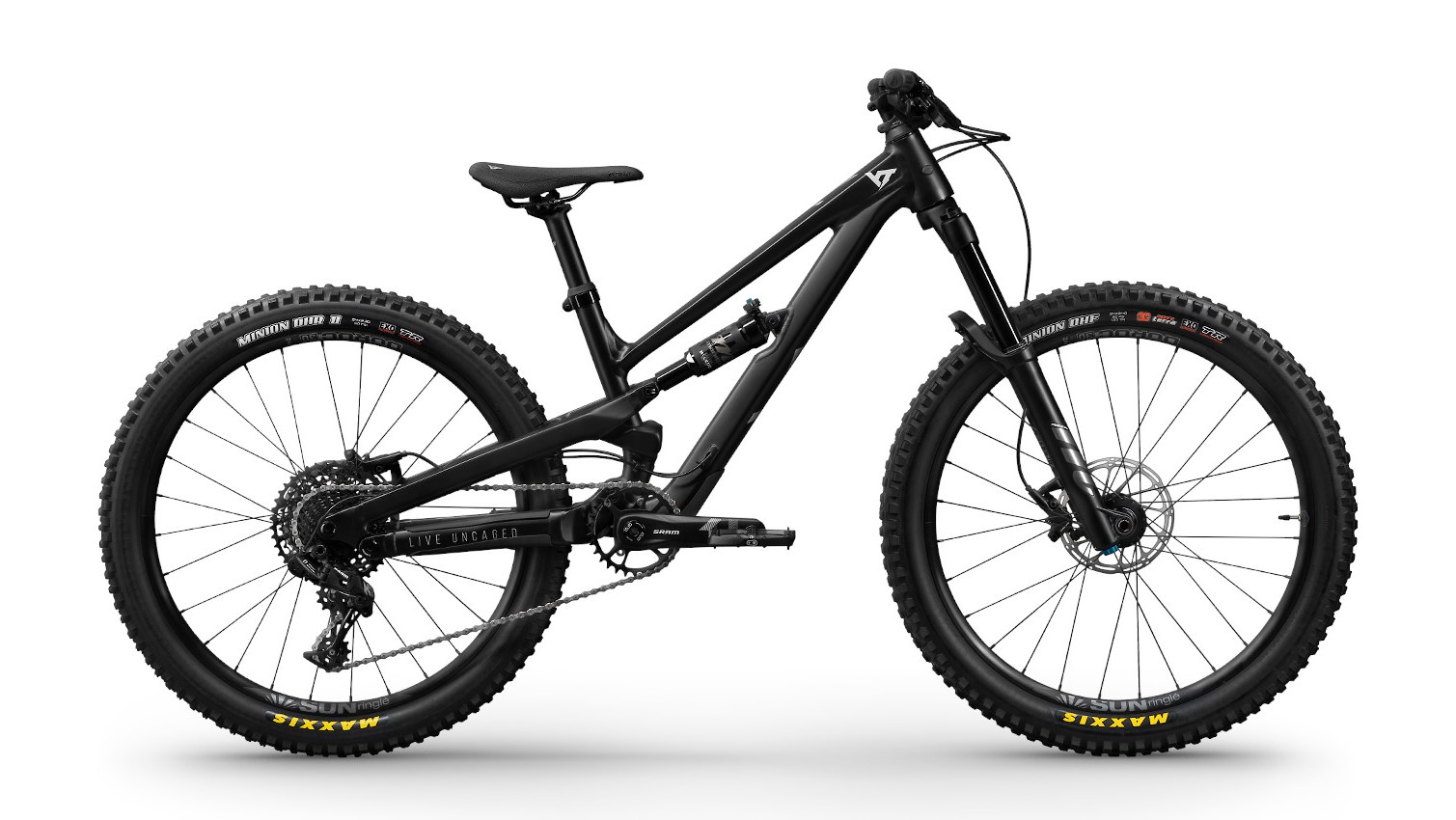
YT Jeffsy Primus
Specifications
Reasons to buy
Reasons to avoid
The German downhill, freeride and enduro brand delivers a junior mountain bike for progressive riding.
YT’s successful Jeffsy lite-enduro frame range is downscaled to become the Primus, combining 24-inch wheels with 130mm of suspension. Geometry can be adjusted to deliver a 65-degree head angle, allowing a young rider between 135 cm and 150 cm to easily weight the Manitou Machete fork and Maxxis Minion DHR II 2.4in tire, generating greater traction into and through corners.
The component specification on YT’s Jeffsy Primus has been carefully selected, with very little in need of any upgrading. SRAM’s 1x11 NX drivetrain cranks it along and Guide R brakes promise excellent modulation, which is especially important for younger riders who don’t have the finger strength of an adult.
Riders between 145 cm and 160 cm can upgrade to a 26-inch wheel version of the Primus for an additional $100, which adds 10mm of suspension travel and a dropper seatpost.
How to buy the best kids' mountain bike
1. Droppers matter
The dropper seatpost has revolutionized much of mountain biking, allowing riders to get in the best position when descending, without having to unclamp and re-fasten a seat post collar.
For kids, the dropper has even greater functionality. Young riders can feel nervous when heading onto new trails, confronted with unfamiliar features. To boost their confidence, having a remote dropper seatpost trigger at hand, makes a huge difference, allowing them to independently manage their posture and position on the bike.
A quick-release fixed seatpost clamp theoretically does much the same thing, but it is also much less convenient and can disrupt a young rider's flow and confidence when attempting to conquer a new trail section.
Kids are also notoriously harsh when making even the simplest adjustment on their bikes and can easily ruin a quick release seatpost clamp when attempting multiple adjustments in a morning’s riding. For them, a trigger operated dropper seatpost is ideal.
2. Better tires have many benefits
Tires provide traction in technical terrain and ride comfort. Running the ideal compound and tread pattern is a huge boost to overall rider confidence.
With kids, there is an additional issue that should be considered: low-mass inflation pressure. With junior riders being so much lighter, you should ideally source the best mountain bike tires for them to ride. Choosing high-quality folding/tubeless tires allows for much lower inflation pressures, better corresponding to a junior rider’s weight.
Low inflation pressure also allows the casing to absorb terrain hits and its tread to shape more dynamically, as it encounters rocks and roots.
The mistake with many kids' mountain bikes is their cheap wire bead tires, which don’t allow for low inflation pressure. A great tire suggestion for any dual-suspension kids mountain bike, especially up front, is the Maxxis Minion 24x2.4in. It has a proven tread pattern and is tubeless-ready, allowing for very low inflation pressures.
3. Brake lever adjust
With kids being so much lighter, they inevitably have a lot more braking power available. A modern hydraulic disc brake system, actuating 180mm rotors, will never be overwhelmed by a junior rider.
Where kids might struggle, is the pulling action and ergonomics of a brake lever. This is especially true when becoming familiar with a new bike and brake set-up. Kids lack the hand strength to pull a brake lever with the same force as an adult.
To help them out, adjusting the lever’s throw increases their leverage on it. In this regard SRAM is superior to Shimano with its entry-level brakes, specifically those available on our list of best buy bikes.
With the SRAM Guide R brake you don’t require a tool to adjust the lever throw. With Shimano, you need to take out the trusty multitool and loosen a hex key.
Having a tool-free lever adjustment makes it much easier and empowering for kids to adjust the lever on their own, whilst on a ride and customizing their bike to be more comfortable.
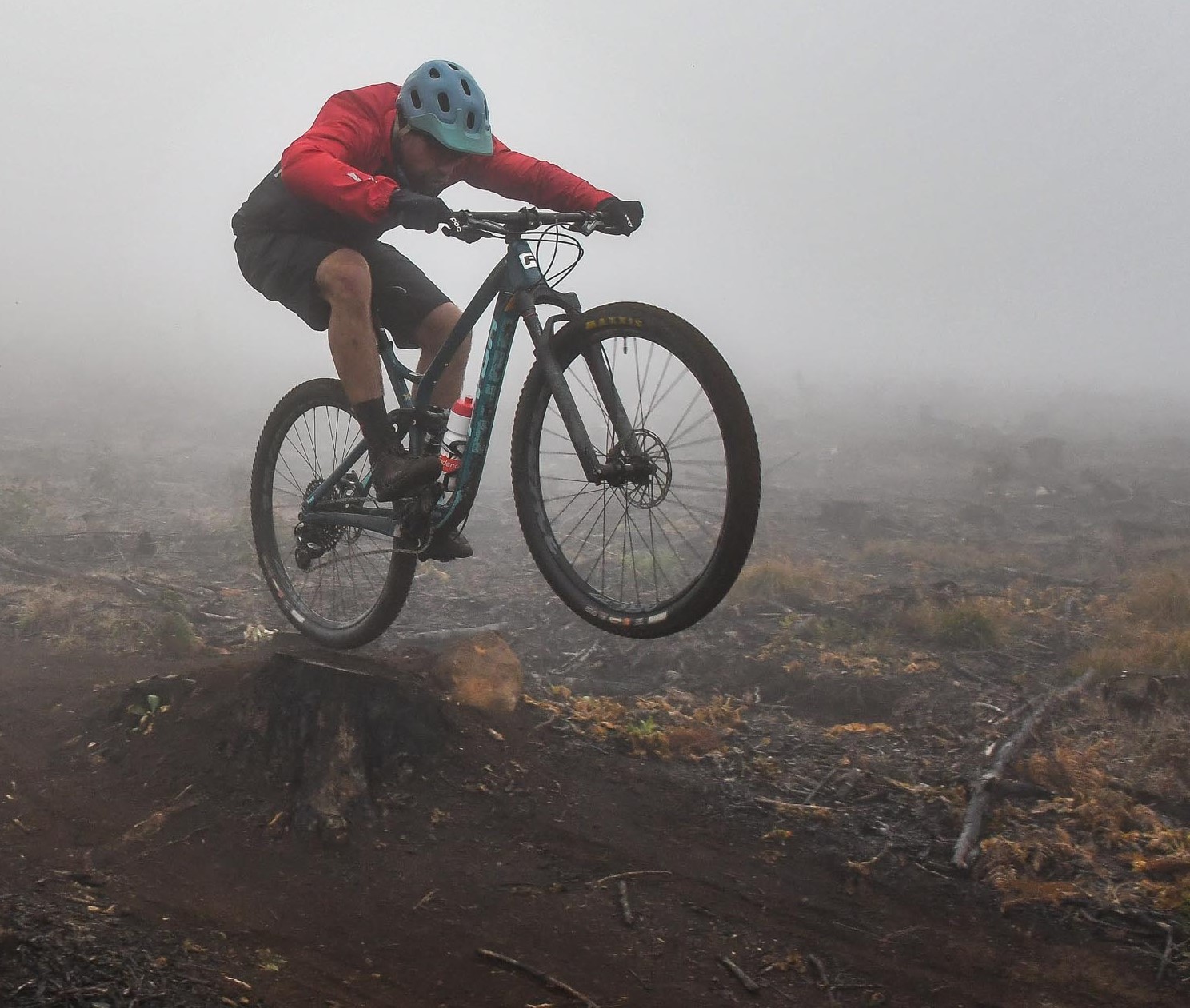
Lance Branquinho is a Namibian-born journalist who graduated to mountain biking after injuries curtailed his trail running. He has a weakness for British steel hardtails, especially those which only run a single gear. As well as Bike Perfect, Lance has written for MBR.com, Off-Road.cc and Cycling News.
